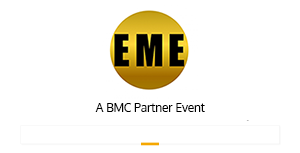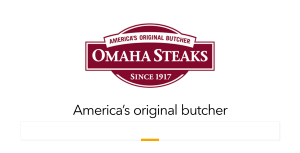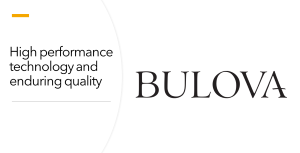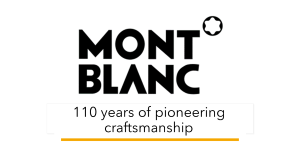The Enormous Untapped Currency of Points: Why Brands Should Rethink the IRR Market
By Bruce Bolger
From 100 Brands to Maybe 15 Active in the Market
A Largely Untapped Money of Discretionary Income
Click here for EEA sponsors; here to subscribe, and here for an RRN media kit.
With the proliferation of online incentive, recognition, loyalty, and gifting platforms providing millions of Americans with discretionary income in the form of points and related rewards, and the broad acceptance by brands of omnichannel marketing to reach people wherever they are buying, is it time for leading brands to turn some attention back to the IRR market?
Picture a marketplace in which almost every working American participates consisting of at least tens of billions of dollars each year in points many have received for being loyal employees, top-performing salespeople and distribution partners, customers, donors or other stakeholders? That’s the largely untapped IRR (incentive, rewards, and recognition) marketplace, representing about $176 billion a year in sales, according to the latest Incentive Federation study. While that figure may be debatable, the market represents an enormous number of people with extra discretionary income in the form of points who are easily reached through the online catalogs through which points are redeemed.
From 100 Brands to Maybe 15 Active in the Market 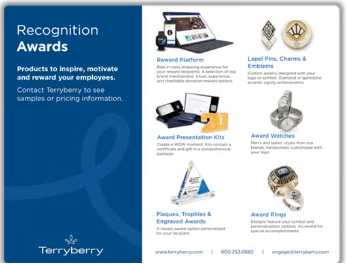
Over 100 brands were active in the market in the heydays of the late 1990s and early 2000s, before the online incentive, recognition, loyalty and gifting platforms blossomed in the 2010s. Most fled in the wake of the Great Recession under pressure to cut costs, effectively outsourcing their business to about a dozen small master fulfillment companies with little marketing support and to retailers, most of whom have no interest in the market other than through the sale of gift cards. Probably not one even bothered to create a web site for its corporate business linked from its consumer site. The general reason given at the time was the need to focus on primary markets—the IRR market rarely represents but about 10% of a major brand’s revenue—and lingering concerns of channel conflict--that corporate sales drew profitable revenue away from the retail business, even though retailers have almost never focused on the corporate market other than for corporate gift card sales.
Today, Citizen Watch America may be the only US brand with a Senior Vice President in charge, Adrienne Forrest, nd awith a president, Jeffrey Cohen, who publicly supports the brand. Recently Amir Alon, CEO, has led the Swiss Diamond cookery brand into the corporate market, supporting the creation of a web site for corporate sales, which is featured among the links on the footer of its consumer shopping site, unlike most brands.
Are there signs of change? Many of the leading brands whose products are used as promotional products, most notably in apparel, water bottles and coolers, food products and desk accessories, now exhibit at the leading promotional products shows and/or belong to the associations. Promotional products are a ripe market but completely overlooks the online incentive, recognition, and gifting catalogs reaching people with points to spend. Few promotional distributors have anything to do with that market. Hardly any of the leading brands appearing in the incentive, recognition, loyalty catalogs seen by hundreds of millions of Americans belong to the Incentive Marketing Association (IMA) or Incentive Merchandise to Reward and Inspire (IMRA), as they once did. Very few even have a link from their own web sites to a section for corporate gifts or incentives.
A Largely Untapped Money of Discretionary Income .png)
The official industry estimate of $176 billion may be debatable, but no one can deny that almost anyone with a credit card or who has a job has at one point or another or continues to participate in different types of programs in which they are provided points for redemption in online catalogs. That’s a lot of eyeballs that brands have outsourced with little marketing support to about a dozen master fulfillment companies. Estimates vary widely, but all surveys agree that the percentage of Americans receiving points for loyalty and recognition redeemable through online gifting catalogs is high.
When the leading brands fled the market, they were still struggling with the transition away from traditional brick-and-mortar retail distribution to online retail and the accompanying risk of channel conflict. Today, what is known as omnichannel marketing is now the rule. That includes distribution through brick and mortar, online retail, direct to consumer, pick up at store, ship from store, social media and mobile apps, and now video shopping. All these omnichannel processes capture customers using their own money.
On the other hand, the online incentive and gifting catalogs used in business create incremental discretionary revenue. They capture people with the points they have earned for incentive, recognition, and loyalty programs, or through online gifting platforms—using somebody else’s money. Most appealing, the market can be easily tapped requiring relatively low staffing, technology, or marketing costs.
The upcoming Part 2 of this series provides an overview of the specific benefits and how-to evaluate a brand’s potential in the market. Or, click here for a complete industry primer to see if your brand is right for this industry.
Enterprise Engagement Alliance Services
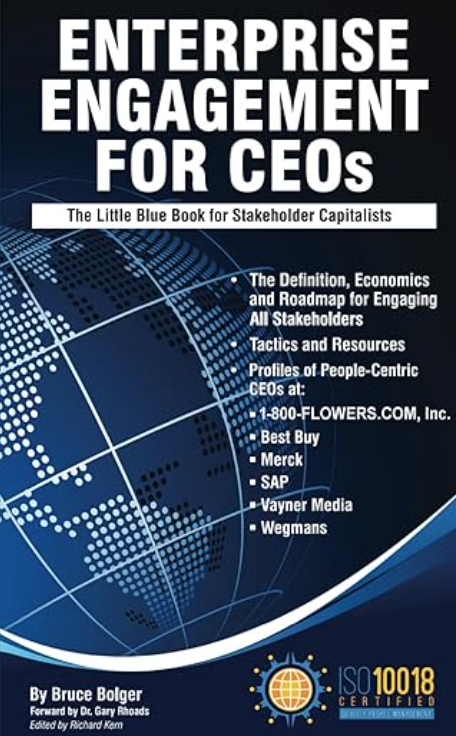
Celebrating our 15th year, the Enterprise Engagement Alliance helps organizations enhance performance through:
1. Information and marketing opportunities on stakeholder management and total rewards:
ESM Weekly on stakeholder management since 2009; click here for a media kit.
RRN Weekly on total rewards since 1996; click here for a EEA YouTube channel on enterprise engagement, human capital, and total rewards insights and how-to information since 2020.
2. Learning: Purpose Leadership and Stakeholder
 Management Academy to enhance future equity value and performance for your organization.
Management Academy to enhance future equity value and performance for your organization.3. Books on implementation: Enterprise Engagement for CEOs and Enterprise Engagement: The Roadmap.
4. Advisory services and research: Strategic guidance, learning and certification on stakeholder management, measurement, metrics, and corporate sustainability reporting.
5. Permission-based targeted business development to identify and build relationships with the people most likely to buy.
6. Public speaking and meeting facilitation on stakeholder management. The world’s leading speakers on all aspects of stakeholder management across the enterprise.





